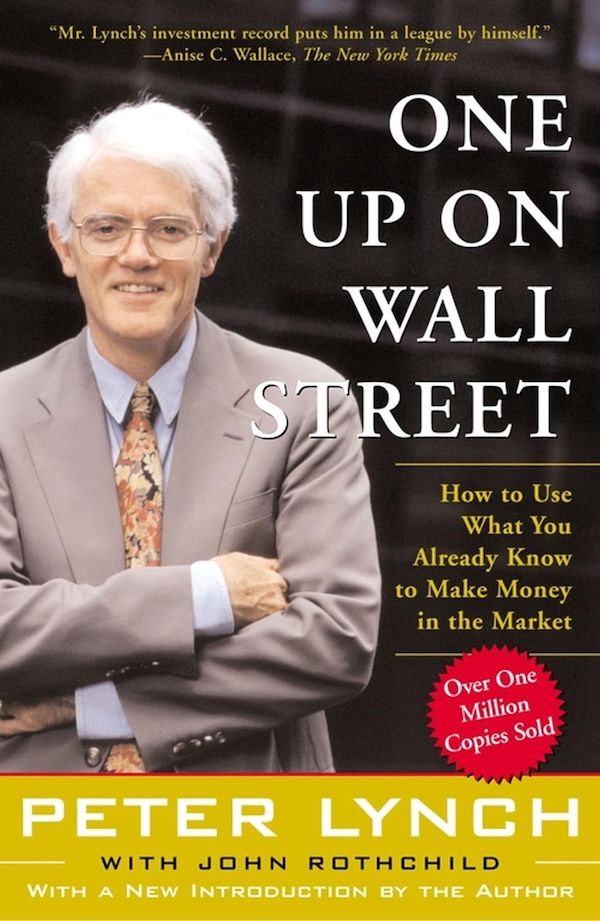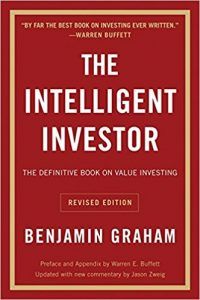Contributions - Money being put into an account is called a “contribution” to that account. Earnings - Money “earned” in an account. Usually, as an interest or dividend on the money contributed but can also include things like bank bonuses. As a concrete example, a person opened a new bank account and “contributed” 1000$ in the account, the bank gave him a 150$ bonus and by the end of 31 Dec, the account earned and interest of 35$, the “earnings” will be 185$ (150 + 35). Withdrawal - Money “withdrawn” from an account of one type into an account of a different type. Movement of money between accounts of the same type is not withdrawal. Realized and Unrealized gains - Suppose a person buys stocks worth of 1000$ and it gains 5% in one month, the gain of 50$ in this case would be “unrealized” till the person decides to sell the stocks, at which point, the gain is “realized”. Why does this matter? As per the contemporary IRS rules, gains are taxed on realization based on tax laws at the time of the realization. Note: In the case of bank accounts, earnings are realized as soon as the bank pays interest at the end of the month. Pre-tax contribution - A contribution made from the pre-tax money, the money from which state and federal income tax have not been deducted. Post-tax contribution - A contribution made from post-tax money. Such a contribution won’t be taxed again (provided the person is careful), the earnings on it might/might not be taxed depending on the type of account earnings were generated in. Tax-deferred growth - An account where earnings are not taxed till a withdrawal is made from the account (what if 10% money is withdrawn from the account? well, that is account specific and will be covered in a different blog post) Tax-free growth - An account where earnings are not taxed ever - usually these accounts have certain constraints like age at the time of withdrawal should be more than 59.5 or money should be held in the account for a certain period of time or both. Trivia: Mitt Romney holds money in one such account. Equity - A piece of ownership of land or company Share/Stock - A piece of ownership of a company Bond - A piece of ownership of a debt given to a company. Safer than stock but yields lower return. Options/Futures/Currencies/Shorting/Margin trading - A collection of exotic complicated financial instruments which I don’t fully understand. Please refer to one of the references if you are interested. Municipal Bonds (munis) - The earnings on these bonds are not subjected to federal and state taxes as long as they are from the same state as the buyer’s state of residence. High earners love these. Ordinary income tax - A tax which applies to regular income like salary and interest paid by the banks. This tax has both state and federal tax components. Capital gains tax - A tax which is applied to the appreciation in value of an equity (like stock or house), this tax is either short term (if holding period of equity is less than 365 days) - where it is counted as part of ordinary income or long-term - where it gets a preferred treatment and is taxed on a lower rate (more on this in another blog post). Required Minimum Distribution (RMD) - A lot of retirement accounts mandate that the owner must start withdrawing a certain amount of money from the age of 70.5, the minimum withdrawal limit is controlled by IRS [ source]. Expense Ratio - A percentage of money which a mutual fund eats into every year. Eg. if expense ratio is 1% than a contribution of 1000$ with 10% gain will become 1090$ at the end of the year. Trivia: Reason being 59.5 being the retirement age is detailed here.
...

